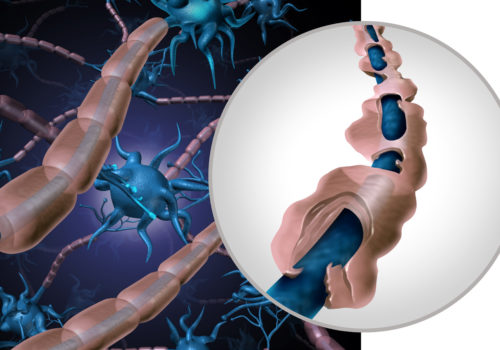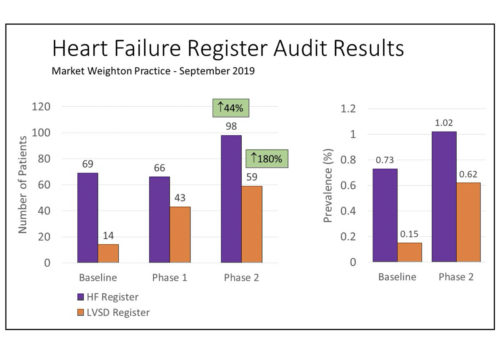Angina is common, particularly among older people. It affects around one in ten women and up to one in five men aged 65 and over. The good news is that the outlook for patients with stable angina is relatively good as long as we help them to take appropriate prevention measures. Unstable angina has a more variable prognosis, but effective prevention can again help to reduce the risk of heart attack. How can we optimise the diagnosis and ongoing care for the many people in our practices with angina?






















